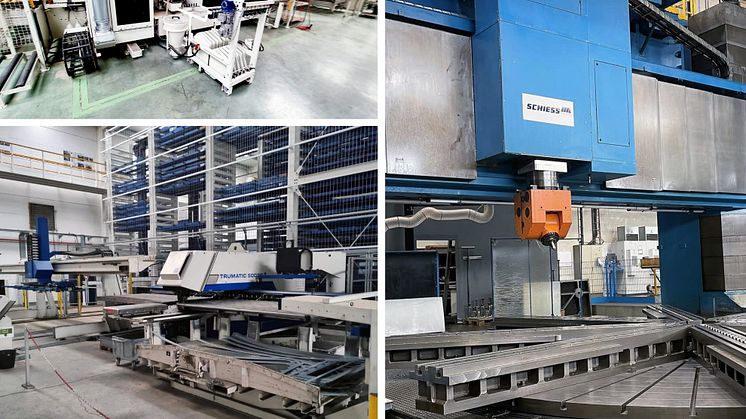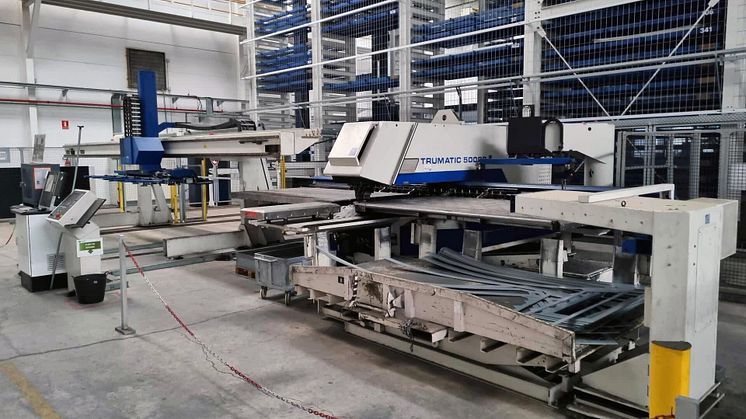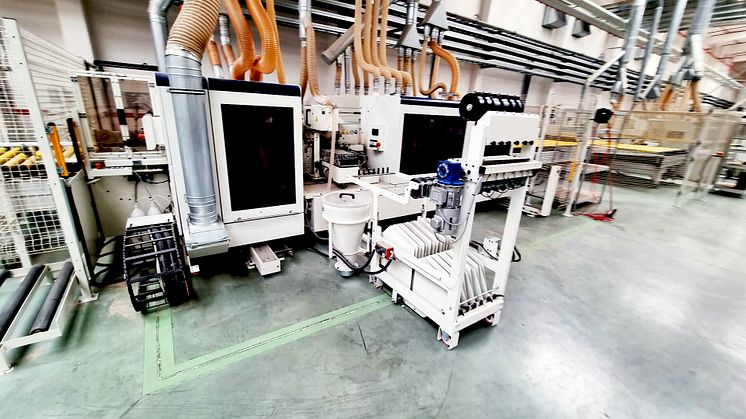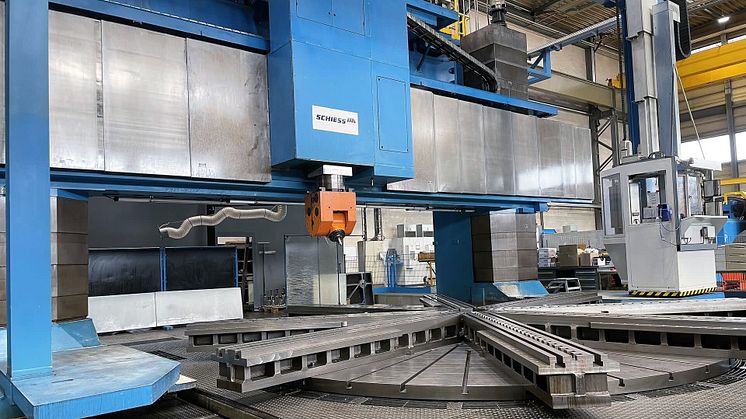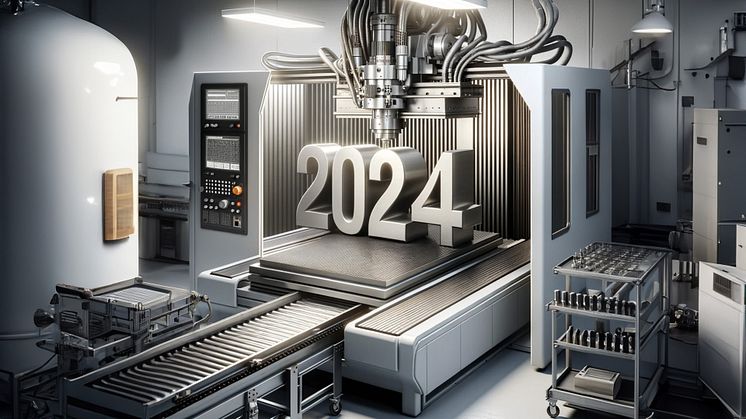
Press release -
The used machinery market in 2023: Stable in uncertain economic times
In 2023, the European economy was impacted by high energy prices and inflation. Interest rate hikes by the ECB and general economic uncertainty further dampened investment readiness. Nevertheless, the trade in used machinery remained stable. The reasons for this are manifold.
2023 was the year after the turning point. The war in Ukraine entered its second year and has become a constant factor in global consciousness. Although there are further conflicts worldwide, such as the recent confrontations in Israel and Gaza, it is still the war in Ukraine that affects the economy in Europe. High energy prices and inflation also caused deep uncertainty in the markets this year.
Yet amidst these global challenges, one market segment proved remarkably resilient: the trade in used machinery. “This sector has been particularly booming since the Corona pandemic,” says Ghislaine Duijmelings, one of the managing directors at Surplex. “On our platform, we conducted almost 10% more auctions with used machinery compared to the previous year and accordingly sold more machines and equipment. The reasons for this in 2023 were manifold, but above all, our stable prices played a role despite high energy costs and inflation.”
The energy year of 2023
The year 2023 was marked by the energy transition – initially decided upon by the European Green Deal in 2019 and greatly accelerated by the war in Ukraine. At the turn of the year, high energy prices and concerns about energy shortages prevailed. European governments responded with subsidies, tax cuts, and market-stabilising reforms. Thus, the peak of energy prices was already overcome by the end of 2022. The trend of falling prices continued in 2023. However, the high price level remained a challenge for both consumers and the industry. Nevertheless, the forecasts are positive: a significant easing is expected for the year 2024.
“The impact of energy prices was also reflected in our customer surveys,” explains Duijmelings. “At the beginning of 2023, almost a third of our customers cited high energy prices as the biggest burden on their businesses. A shift in priorities became apparent in the summer: in a subsequent survey, high energy prices dropped to third place, while the shortage of skilled workers and inflation were perceived as more pressing issues.”
Stable prices in the used machinery market despite high inflation
Regarding inflation, it appears that the most challenging period has passed, since inflation in 2022/23 was mainly caused by high energy prices. After peaking in October 2022, the inflation rate in the European Union has seen a steady decline, currently at 3.6% (as of October). The Eurozone is faring even better, with an inflation rate of just 2.4% in November.
Duijmelings states, “In 2023, used machines were barely affected by rising costs. On Surplex.com, the average price increase from the previous year was just 0.5%.” This modest increase is in stark contrast to the inflation-induced price hikes on many other products. The price of a used machine mainly depends on factors such as its type, manufacturer, age, demand, and availability. In contrast, prices for new machines are primarily influenced by the increased costs of materials and energy.
The economy in 2023: Growth or recession?
To counteract high inflation, the European Central Bank (ECB) incrementally raised the key interest rate throughout 2023. Elevated capital costs dampened the willingness to invest. Those who still invested did so with a focus on cost efficiency. This trend benefitted the used machinery market, as used machines are more affordable than buying new ones.
Another piece of good news in 2023: the COVID-19 pandemic was officially declared over. On 5 May 2023, the World Health Organisation (WHO) lifted the global health emergency declared on 30 January 2020 – 1,251 days after the first confirmed case of COVID-19. While the pandemic primarily disrupted supply chains, supply shortages are no longer prevalent. The peak was at the end of 2021 when over 80% of companies reported difficulties with materials. Now, only one in six businesses in the manufacturing sector reports delivery issues. Thus, in 2023, companies were able to steadily work through full order books.
However, the combination of limited investments and declining order books is having a negative impact on production and turnover. Overall, the EU Commission expects a GDP growth of 0.8% for the Eurozone this year. Germany, possibly the only major industrial nation, is predicted to experience a recession with an economic contraction of 0.4%.
Outlook for 2024: security boosts the economy
Backed by rising private consumption, increasing wages, and a stable job market, a significant improvement in the economic situation is expected in 2024. This is also reflected in Surplex’s customer surveys: At the start of the year, companies showed only tentative willingness to invest in machinery. However, according to the latest survey, they are now more likely to increase their investments in this area. This shift indicates growing confidence in economic stability.
Nevertheless, a slight increase in insolvencies is forecasted for 2024, particularly affecting smaller businesses and the construction industry. However, a surge in insolvencies at an economically concerning level is not anticipated. The current increase is seen more as a normalisation following the end of state aid. Concluding, Ghislaine Duijmelings notes: “More insolvencies in 2024 mean a larger selection of machines and equipment in the used market. This could lead to slightly lower closing prices, offering our customers additional attractive investment opportunities and keeping the market dynamic.”



Related links
Categories
About Surplex
Surplex is one of Europe’s leading industrial auction houses and trades worldwide in used machines and factory equipment. The 18-language auction platform Surplex.com is visited around 50 million times every year. It sells more than 55,000 industrial products per year in over 800 online auctions. The company is based in Düsseldorf and has offices in 16 European countries. Over 220 employees from 20 different nations generate an annual turnover of more than 100 million euros.





